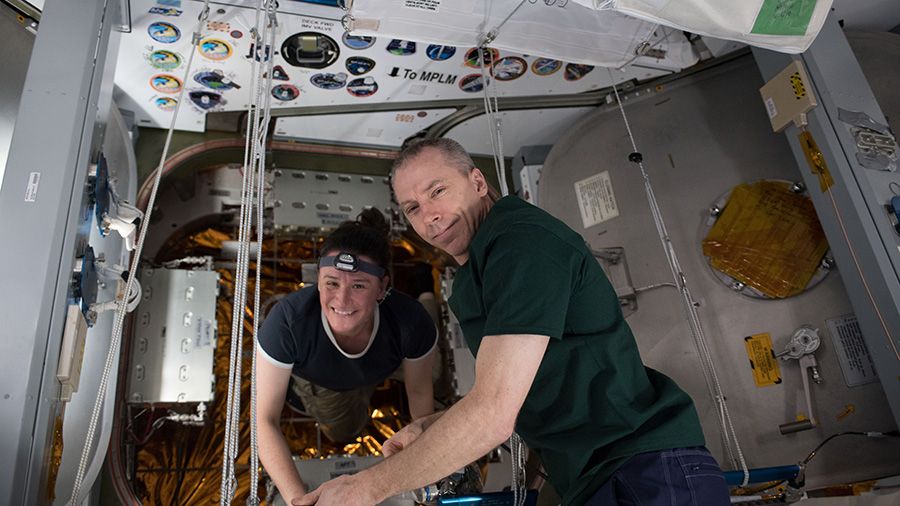A common concern in the community is that the FDA, the EMA, and other bodies, such as WHO, do not classify aging as a disease and that this poses a problem for developing therapies that target aging. However, this is not really as serious an issue as some people would suggest; today, we will have a look at why that is.
Why this will not stop progress
Aging is a variety of distinct processes, damages, and errors; therefore, simply treating aging in clinical terms is not a viable endpoint. For a clinical trial to be conducted, it requires a verifiable indication, and aging is too general for the FDA and EMA to classify it as a disease.





